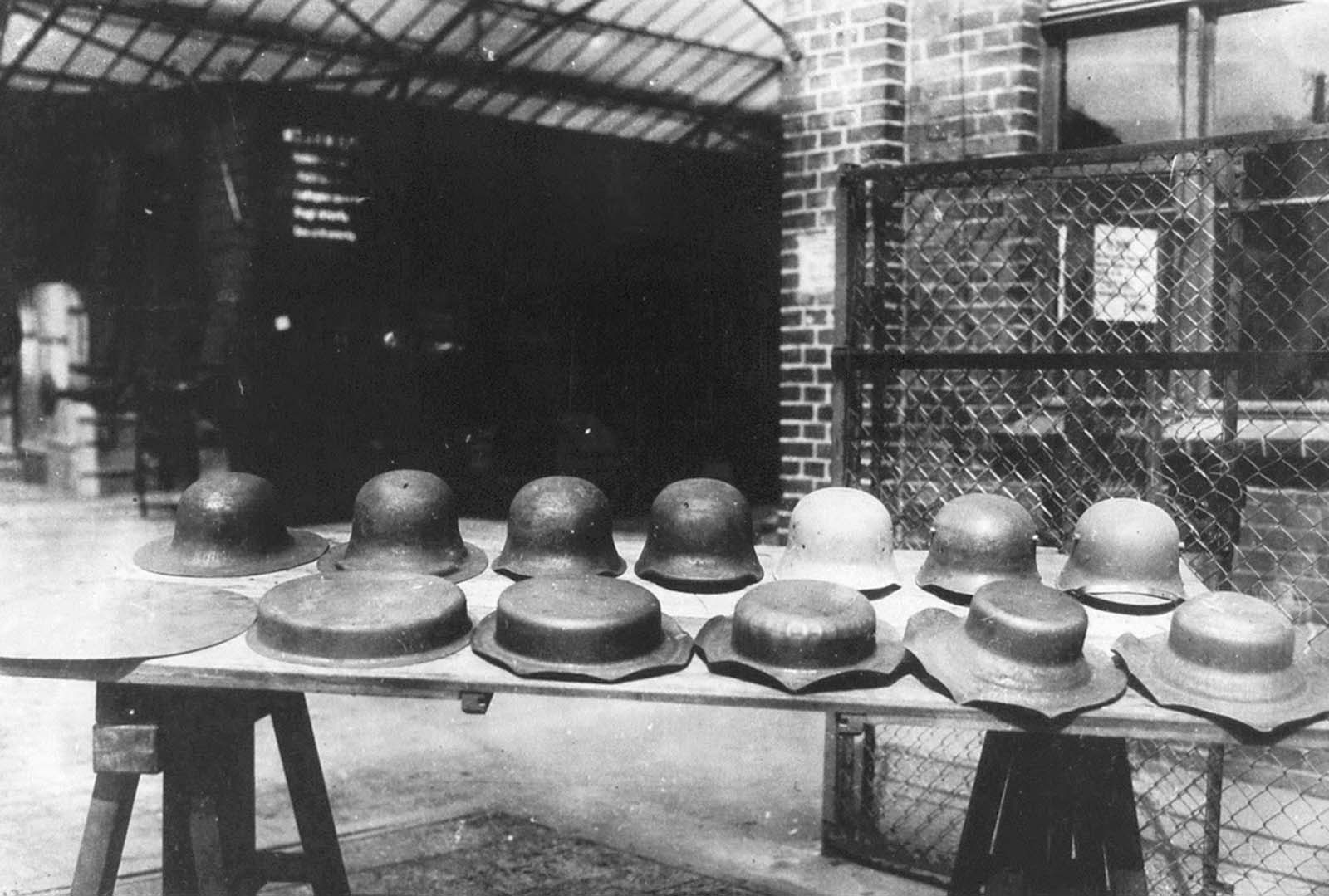Engineering
906 readers
1 users here now
A place to geek out about engineering, fabrication, and design. All disciplines are welcome. Ask questions, share knowledge, show off projects you're proud of, and share interesting things you find.
Rules:
- Be kind.
- Generally stay on topic.
- No homework questions.
- No asking for advice on potentially dangerous jobs. Hire a professional. We don't want to be responsible when your deck collapses.
The community icon is ISO 7000-1641.
The current community banner image is from Lee Attwood on Unsplash.
founded 2 years ago
MODERATORS
26
27
28
29
30
31
25
World’s first off-road solar car ‘Stella Terra’ succeeds in cruising from Morocco to the Sahara
(www.designboom.com)
32
33
34
35
36
37
38
40
41
42
43
44
45
46
47
48
49
50









